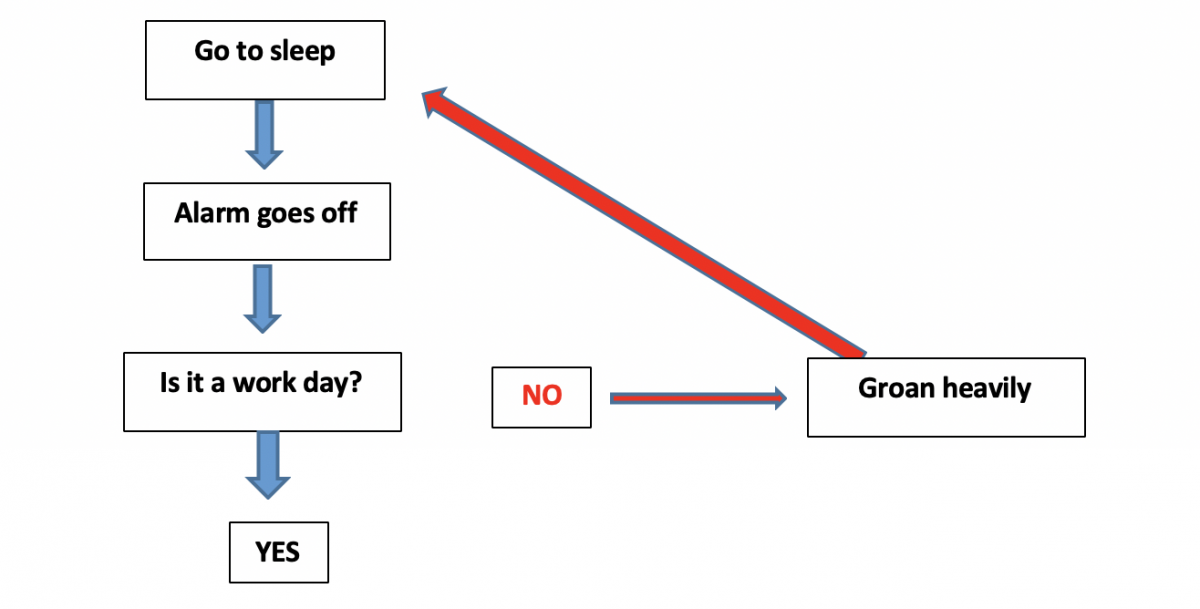As I write this it is at the beginning of the summer holidays and the summer films have been released. I particularly enjoyed the film which contains the song The long and winding road, and it made me think of the ‘long and winding roads’ we can travel in summer; particularly if you are travelling in queues of traffic on the roads or queues at an airport etc.
It also brought to mind (because my brain thinks that way) the often ‘long and winding roads’ our patients travel from referral to discharge.
This is known as the patient pathway. I am sure you can think of many pathways; Some which came to my mind were the stroke pathway, fractured neck of femur and renal colic pathways. How about the patient pathways which are confined to the imaging service, are you aware of any of those you have in your service?
Sometimes, we are only aware of our little ‘bit’ of the pathway and not sure about what happens to get the patient to you or what happens when your ‘bit’ is done. Do you think it would help the patient through the pathway if you did?
An analogy may be a synchronised swimming team: what would happen to their performance if the team members just did their individual bit? Would the performance be as good as the performance where all the team members understood the whole and could anticipate (be ready to perform) their part and see its importance? If they only performed their small part you would probably get a mess: how would they know when to start or finish, would they flounder around while others did their part?
I am convinced that as radiographers, assistant practitioners, assistants and admin staff if we all understand the whole we can improve that ‘long and winding road’ to something shorter and slicker.
How do you do this? One answer is to process map the particular patient pathway you want to look at.
Process mapping helps to get a visual picture of how the pathway currently works, by ensuring you have a range of people across the pathway to input what their part is in reality. Hopefully, by doing this, you may be able to pick up areas of duplication, waste, and unnecessary steps, or see where you have it right and how that can be used to support other pathways.
An easy to understand process map (journey) is in the NHSI conventional process mapping document, and it looks like this for getting up in the morning.

It looks easy when you can see it; the hard bit is getting the right people together in a room to identify each step of the process you want to follow and getting the time to do it.
If you pick a patient journey through a part of your service that you are sure is cumbersome, you can gather evidence by doing a process map to show there are unnecessary steps.
I am sure you will be able to get engagement from your managers/team leaders to take this further as ideally you will save time and increase efficiency. After all, who doesn’t want to make it better for our patients?
Remember that whatever you identify and want to change may have unintended consequences: another reason why it is important to have all the right people involved in the process.
You don’t want to instigate a change which works for your part of the services but causes increased work or chaos in another part of the service.
Patience and perseverance are essential to ensure that what you demonstrate visually is actually what happens, that way you can avoid most of the pitfalls.
If you want to know more about this why not look at the NHSI web site at https://improvement.nhs.uk/resources/mapping-process-overview/. They have lots of helpful hints and explanations; even giving you a guide on how to perform a process mapping event. If you are really desperate you can always ask me. I am often found at the end of a ‘long and winding road’.
If you have any queries or questions don’t hesitate to contact me at [email protected] or [email protected]
Chris Woodgate
Quality Improvement Partner RCR/SCoR.
www.sor.org/qsi www.rcr.ac.uk/qsi
